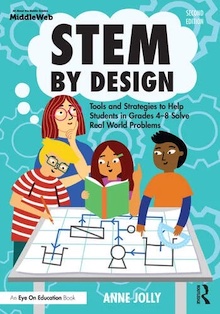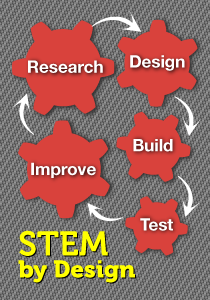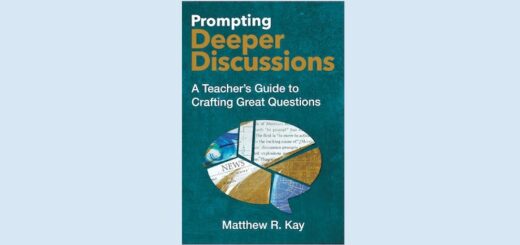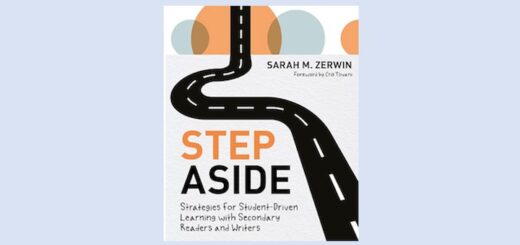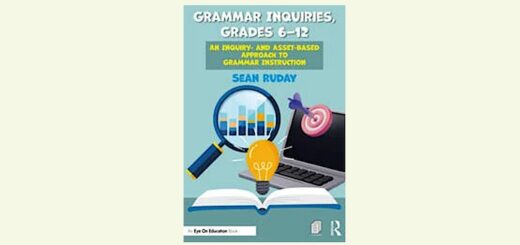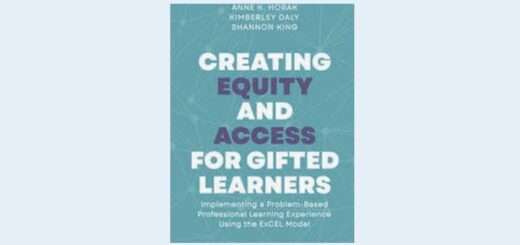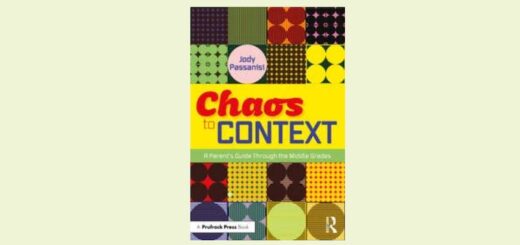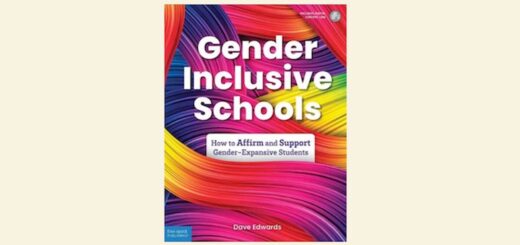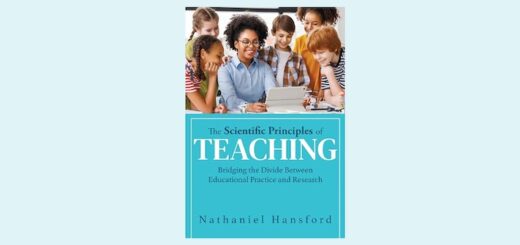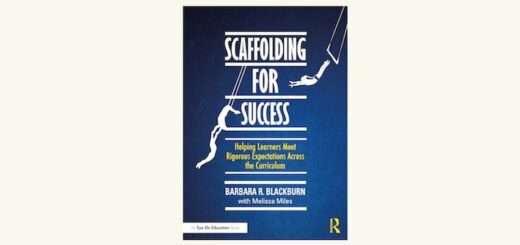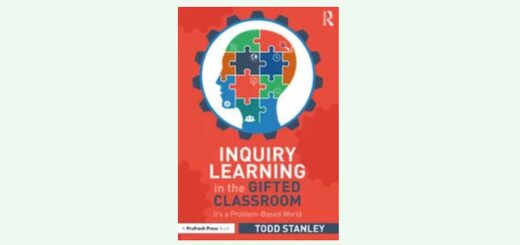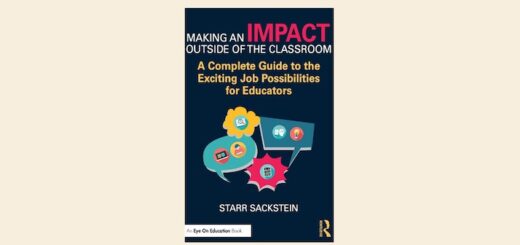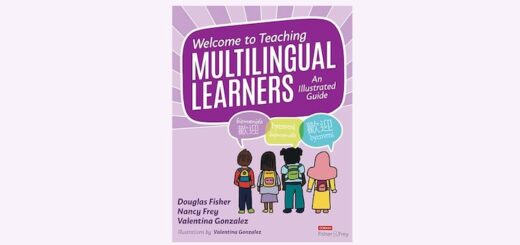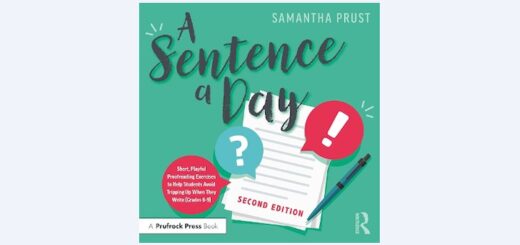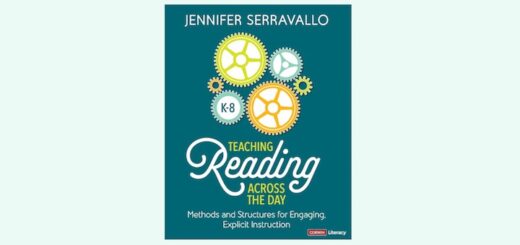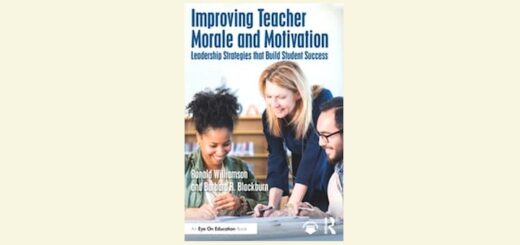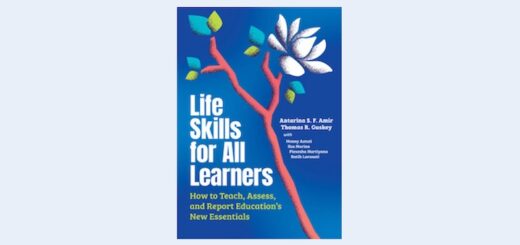Six Ways to Include AI in Your STEM Projects
Artificial Intelligence (AI) might sound like something new and even scary – but not to your students. Your students grew up with smartphones, smart watches, tablets, and virtual assistants to name a few AI-related devices. Most of your students can comfortably navigate any new app or digital device that comes along.
Do you use digital assistants like Alexa, Siri, or Google Assistant? Perhaps you have a robot vacuum cleaner and other smart devices in your home. AI has probably been weaving its way into your life for years.
As a matter of fact, you may already be using AI in your classroom to analyze student performance, adapt content, and provide recommendations based on individual students’ learning needs.
All that said, many teachers think they are using AI if they use online learning tools and games to help kids master content. They may think video conferencing platforms (like Zoom or Google Meet), and online grading tools and spreadsheets are AI. Not necessarily!
Here’s the thing – standard online tools operate based on pre-programmed instructions and perform the same uniform tasks for all users without learning or adapting as they go. They have a fixed function and little or no personalization. Think basic spreadsheets, tax software – useful, but fixed in function and limited in the ability to personalize. They can’t “learn” or change the way they do things in any significant way.
AI tools, on the other hand, go beyond fixed operations. They use machine learning to analyze user behavior, adapt to feedback, and make decisions. These tools continuously improve and even develop predictive capabilities like suggesting text and actions. AI-powered systems such as chatbots can understand and process everyday language, pictures, and other unstructured inputs from users.
Also, as new information emerges, AI has the capacity to incorporate new content, remove outdated content, and refine knowledge. This ability to learn and adapt makes AI tools smarter, more efficient, and capable of producing better outcomes for both students and teachers.
What about AI and STEM?
So, how can you authentically integrate AI digital technology in your STEM projects? Remember that the technology you choose to use in a STEM project must be something that directly helps students with their STEM challenge. It must have a necessary and genuine role in helping kids research, solve, and/or communicate.
In Chapter 13 of my second edition of STEM by Design: Tools and Strategies to Help Students in Grades 4–8 Solve Real-World Problems, you’ll find six authentic tasks for using technology in your STEM projects. Let’s take a look at a few AI tools available to help with these tasks.
Consider the following suggestions for starters. I’m listing a few possible AI tools kids can use with each suggestion. However, teachers will find these suggestions valuable for their own use as well.
Note: If the suggested AI apps below don’t offer useful information immediately, be sure you included the phrase “Middle School” or “K-8” in your query/prompt. Also note that some apps can be used for more than one suggested task. You need not use technology for all of these tasks during the same project!
You may have other recommendations for apps and platforms that work for your students. Please leave your ideas in the Comments section at the end of this post.
1. Research and understanding
Students can use AI to learn more about the STEM challenge they will solve. They might use free conversational apps such as ChatGPT, Gemini, and Copilot to ask questions in plain language and get accessible, easy-to-understand answers – often more user-friendly than traditional internet searches.

In addition, students could explore subjects using interactive virtual labs and AI-powered tutors to tailor the content to match their grade level and specific research needs. These tools adapt to each student’s understanding, making complex topics more accessible. More possible tools include:
- Kiddle: A free, kid-friendly search engine powered by AI, offering safe, filtered research results for children.
- Perplexity AI: A free research-focused chatbot that provides kids with quick answers for questions.
- Gizmos: Worth exploring for online labs and interactive learning. It offers free gizmos, along with some specifically for STEM.
2. Collaboration and teamwork

Some such platforms do have AI features, but those features may not be available to free subscribers. Check out some of these ideas:
- Padlet: A free real-time collaborative web platform where kids can upload, organize, and share content to virtual bulletin boards (padlets).
- ClassDojo: Free for K-12 teachers. A communication app designed for teachers, kids, and parents, and is used in K-8 classrooms worldwide.
- Microsoft Teams for Education: Free to students and teachers with a valid school email address. Enhances collaboration and learning.
- Google Meet: Free, straightforward video communications platform for virtual group work, meetings, and polling.
3. Coding and programming
A key foundational skill for computer literacy today is coding – writing programs to tell computers or robots what to do – in a special language that computers can read. AI-powered tools can help students understand coding by explaining how specific pieces of code work and simplifying the logic for beginners.
Intelligent tutoring systems take this a step further by tailoring lessons to a student’s skill level, offering personalized feedback, and suggesting relevant reading materials and new concepts to explore.
Of course, AI tools can also write code for students, but it’s important for students to develop an understanding of how code is written and how to analyze it for accuracy and reliability. STEM projects may offer opportunities for kids to use coding to create programs or robots to assist with their STEM challenge. A couple of ideas:
- Scratch: A free coding community for kids with a coding language and a simple visual interface that allows young people to create digital stories, games, and animations.
- Code.org: A free site worth exploring. Kids learn the fundamentals of coding with Hour of Code activities.
4. Designing the prototype
AI tools can provide kids with brainstorming assistance tailored to the needs of their STEM project. These tools can produce different designs based on criteria like materials, weight, and shape. And they can instantly create and update 3-D models based on what kids are designing.
Tinkercad: A free Computer-Aided Design (CAD) program that’s proved remarkably successful with helping students design and create prototypes and other items aligned with their STEM project needs. It connects students directly with science and mathematical skills (e.g. geometry) and gives them updated visuals of what their designs look like as they are designing them. Tinkercad has design challenges that encourage students to use AI in the design process for a physical item.
Also check out Sketchup for Schools, a user-friendly, browser-based 3-D modeling platform where kids can sketch out their prototype designs. Available through the Google Workspace Marketplace. (You can download a free version of Marketplace.)
5. Analyzing testing data and results
Students need to collect and analyze data from their prototype testing, and AI can be a valuable tool in making this process interactive and insightful.
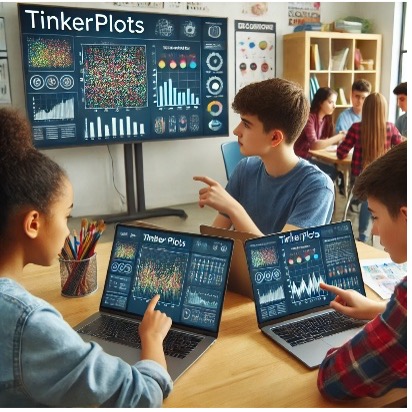
If a student struggles to understand a particular type of data or chart, AI-driven learning platforms can offer simpler explanations, additional examples, or step-by-step guidance. This personalized support can help students build confidence in data analysis and problem-solving skills.
Look at these ideas:
- CODAP: A free, easy-to-use data analysis tool designed for grades 5 through 12. It can be used in STEM projects to help students summarize, visualize, and interpret data.
- TinkerPlots is an excellent data visualization and modeling tool used to teach grades 4 and up in subjects including STEM. It requires purchasing a one-time license.
6. Communicating project results
Kids often enjoy designing presentations about their STEM project using text, images, audio, and video. A number of new, innovative AI apps can help them clearly share this information with different audiences.
Some AI-driven language platforms can rewrite technical findings into age-appropriate language, ensuring that kids can explain their results to classmates, teachers, or family members without confusion.
AI can also provide natural-sounding voiceovers for slideshows or videos or generate captions for students with hearing difficulties or those who speak other languages. Some of the following apps include AI features that are useful in helping students create amazing presentations:
- Canva with AI: Creates attention-grabbing designs in seconds. Kids can simply describe what they’d like the presentation to contain. Some features are free.
- Book Creator: A simple way for students to create unique presentations about their STEM projects. Each student can create one book for free.
- Adobe Express: A free app that lets students create stunning social posts, images, videos, flyers, and more with ease. It also allows students to collaborate with their team members across devices to create a presentation.
AI offers many STEM benefits
AI makes middle school STEM projects more interactive and fun by helping students come up with information and ideas, design solutions, analyze data, and communicate their designs. It simplifies tough concepts, creates quick charts and graphs, and gives them creative presentation options – but AI has a downside.
In spite of its considerable promise, AI technology also poses challenges and threats and continually raises new ethical issues. As students work with their STEM projects, help them remain aware of how current and emerging AI technologies can impact people’s lives. Remind them that all technology is created by humans and it’s up to them to use it wisely throughout their lives.
Images created by Anne Jolly using AI software tools.
